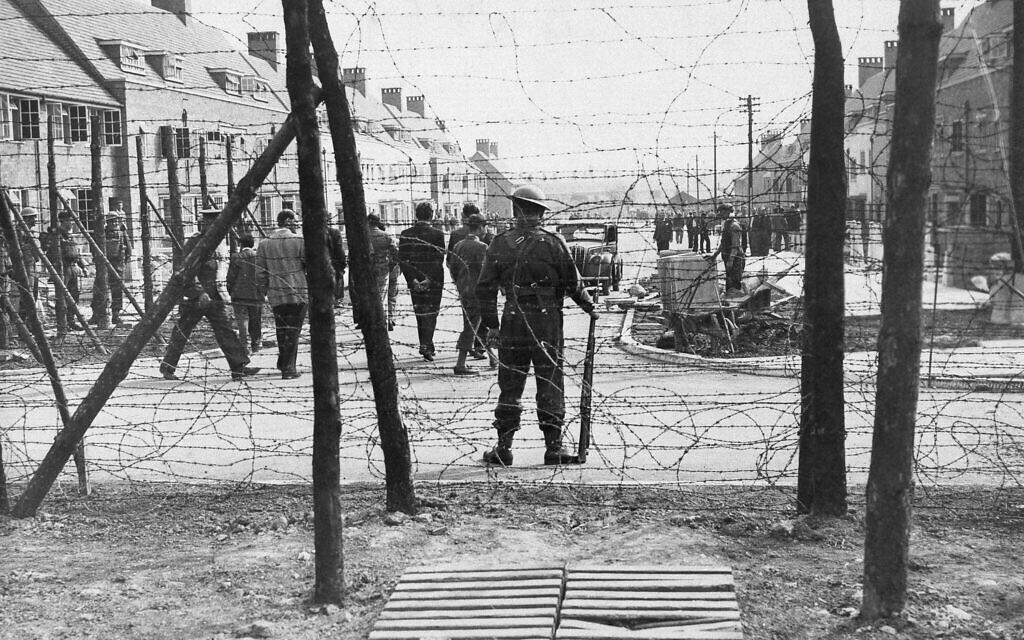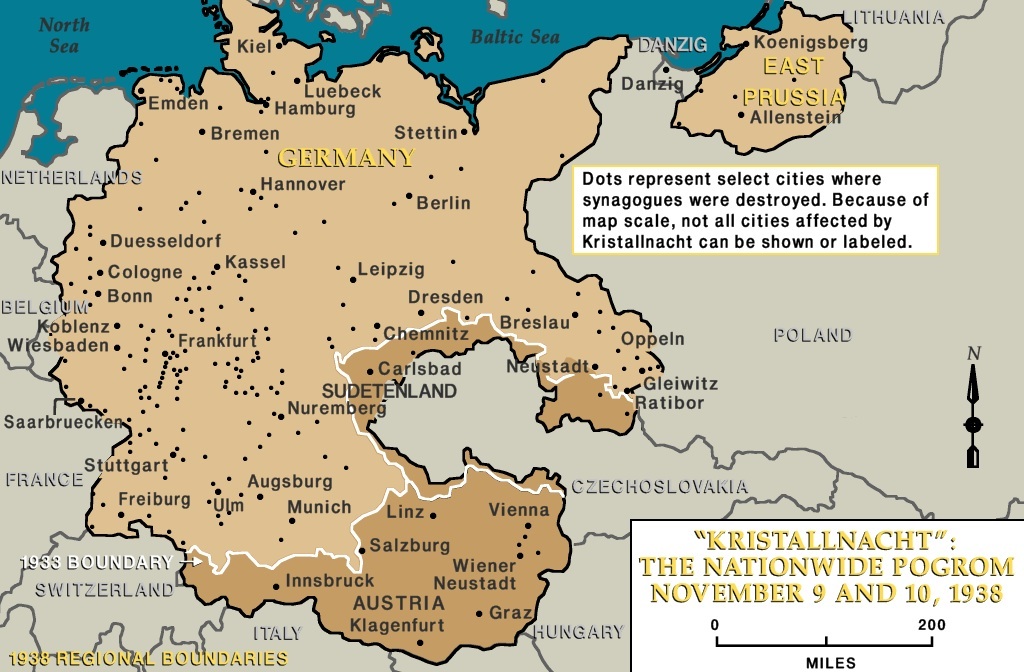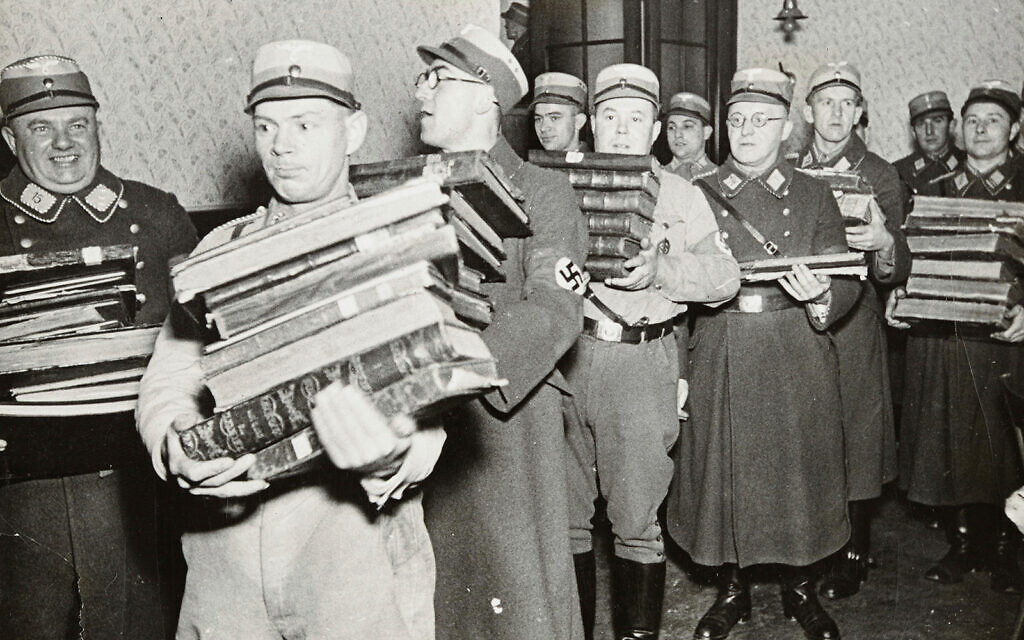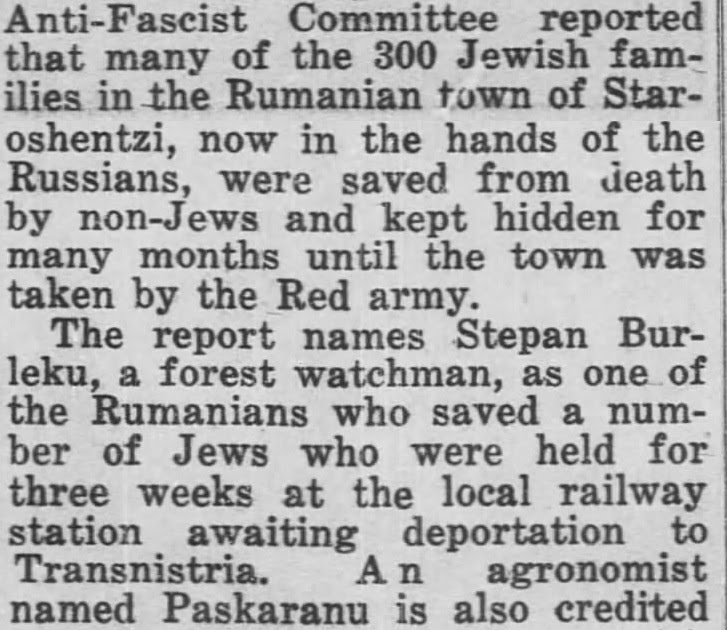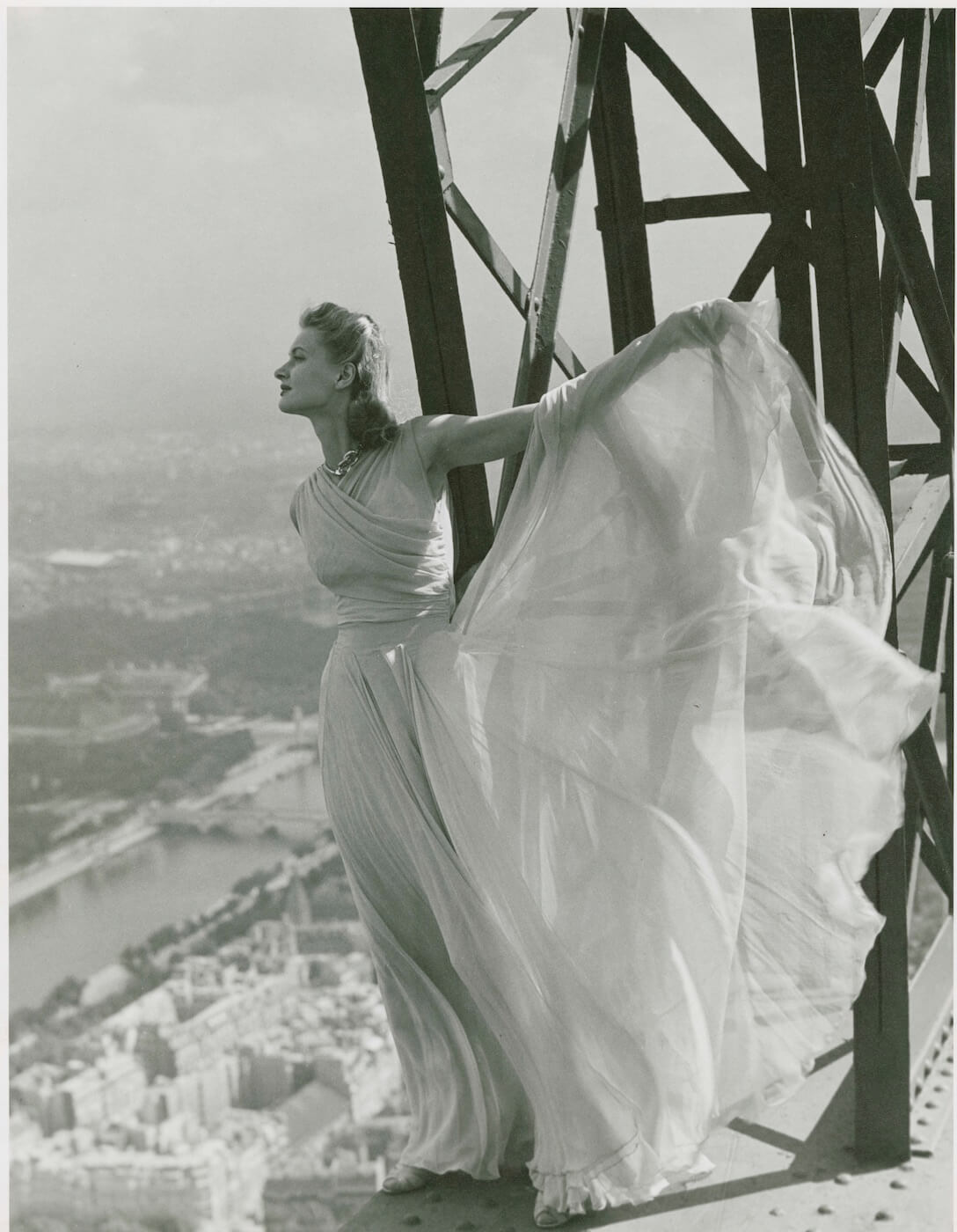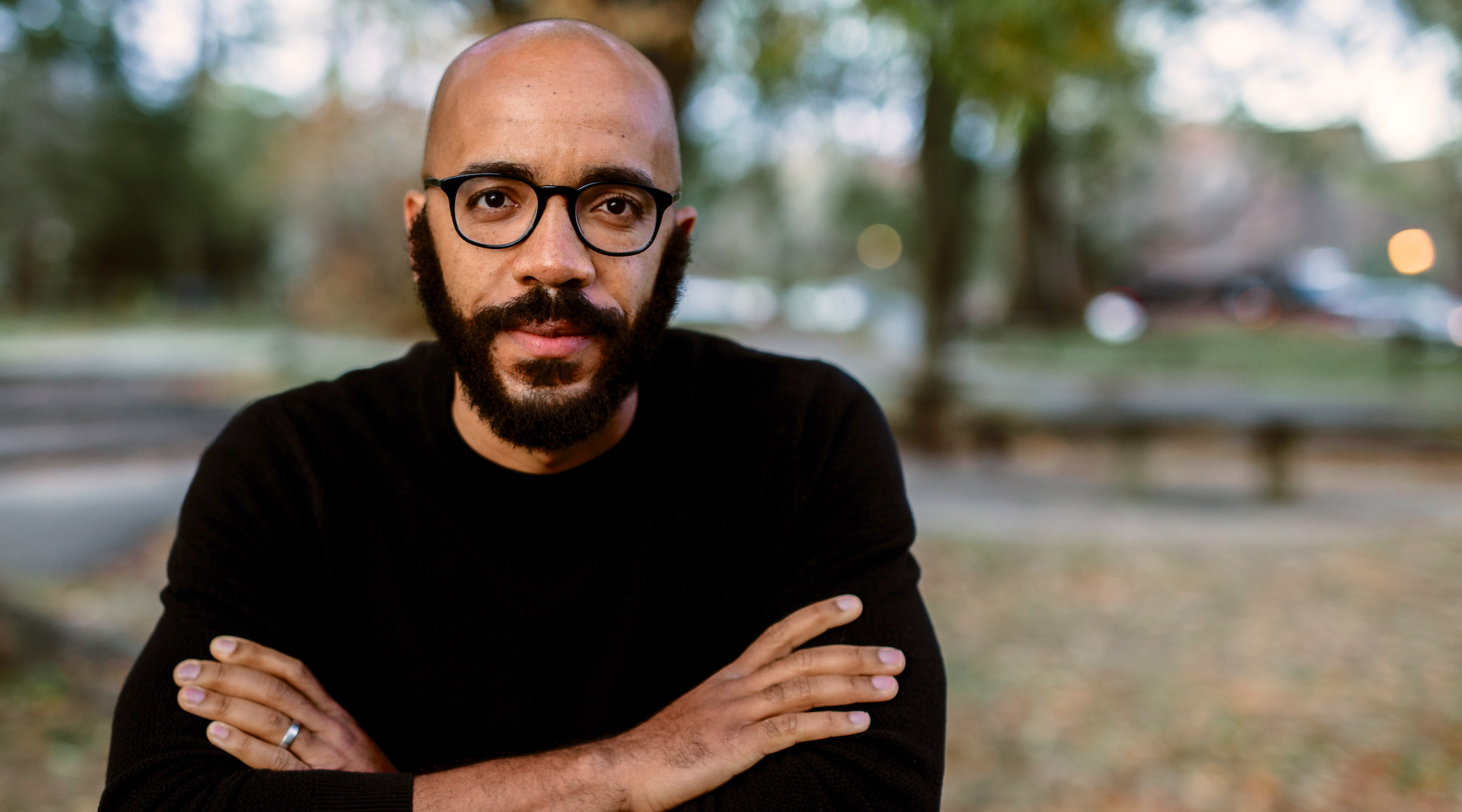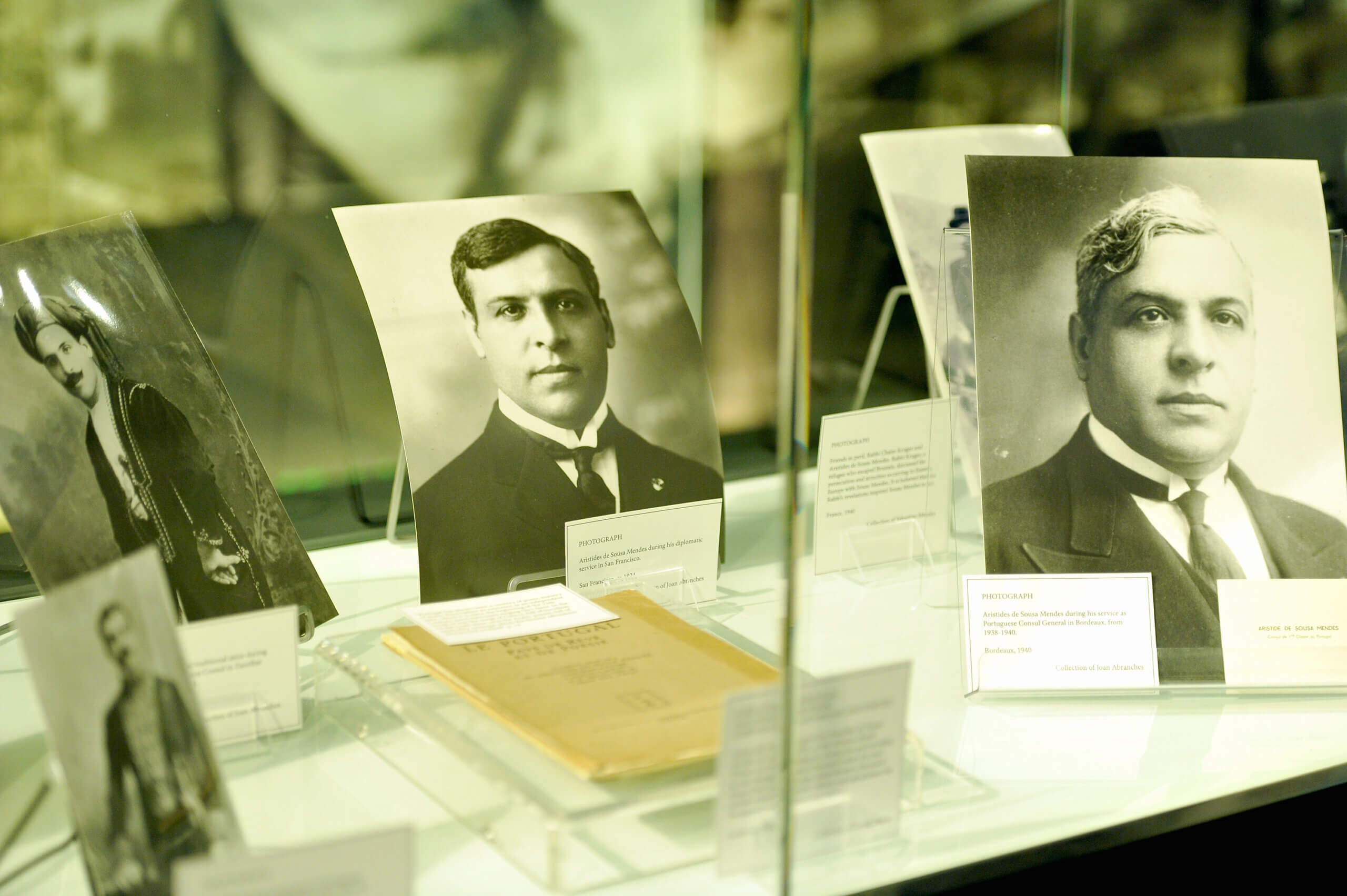Sixties Fan
Diamond Member
- Mar 6, 2017
- 67,396
- 12,054
- 2,290
- Thread starter
- #501
On November 9, synagogues and churches around the world will keep their lights on to commemorate Kristallnacht, Nazi Germany’s “Night of Broken Glass,” in which dozens of Jews were murdered and hundreds of synagogues were set ablaze in 1938.
Organized by Israel’s Religious Kibbutz Movement, the initiative called “Light from the Synagogue” has slowly grown over the past 15 years. Participating congregations are asked to teach about the November 1938 pogrom’s place in history, in addition to keeping the lights on until morning.
“Kristallnacht was a point of no return,” said Dalia Yohanan, the project’s coordinator. “The world did not care and that was a signal to the Nazis,” she told The Times of Israel.
----
More than 400 synagogues in Israel are expected to participate this year, along with hundreds of synagogues and churches outside the Jewish state, said Yohanan. In Argentina, for example, commemorations will be held at 50 synagogues, said Yohanan.
“Every year we grow a little bit more in Israel and the Jewish world,” said Yohanan.
(full article online )
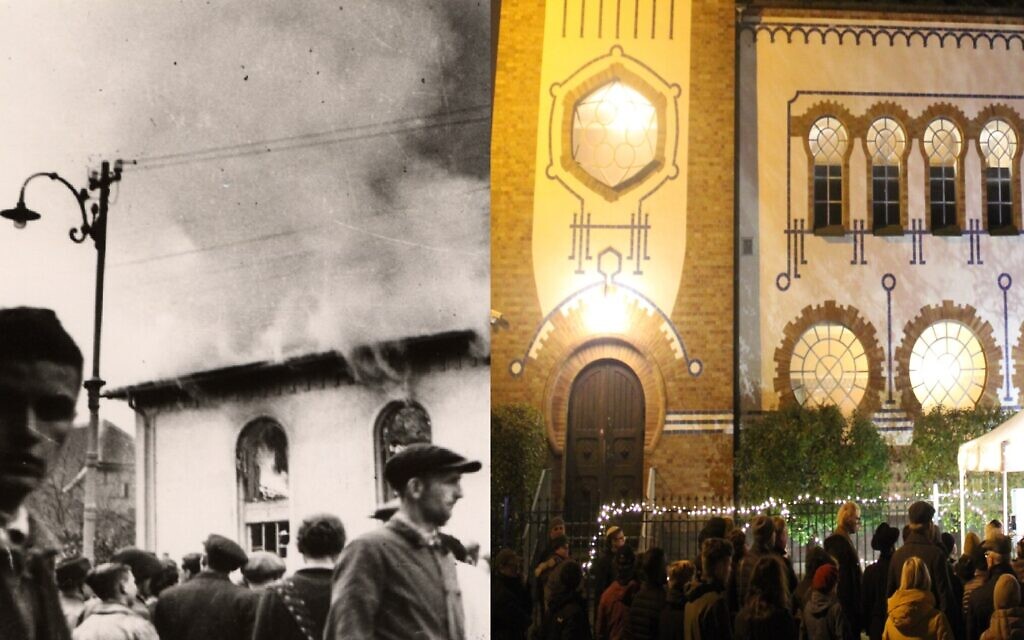
 www.timesofisrael.com
www.timesofisrael.com
Organized by Israel’s Religious Kibbutz Movement, the initiative called “Light from the Synagogue” has slowly grown over the past 15 years. Participating congregations are asked to teach about the November 1938 pogrom’s place in history, in addition to keeping the lights on until morning.
“Kristallnacht was a point of no return,” said Dalia Yohanan, the project’s coordinator. “The world did not care and that was a signal to the Nazis,” she told The Times of Israel.
----
More than 400 synagogues in Israel are expected to participate this year, along with hundreds of synagogues and churches outside the Jewish state, said Yohanan. In Argentina, for example, commemorations will be held at 50 synagogues, said Yohanan.
“Every year we grow a little bit more in Israel and the Jewish world,” said Yohanan.
(full article online )

Israeli initiative asks synagogues to honor Kristallnacht by keeping their lights on
'Light from the Synagogue' organizers expect hundreds of synagogues and churches outside Israel to commemorate 'Night of Broken Glass' this year
